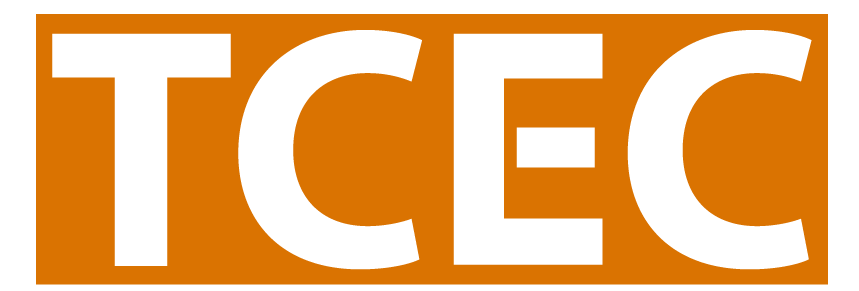
Hook Them Early and Don’t Let Go (Part Two)
by Andersen Yang and Robin Kipke
Looking for a new year’s resolution? Well, look no further! It’s time to enhance your trainings with a couple more strategies to grab and keep the focus of your participants.
In the previous issue of this two-part newsletter, we shared some training strategies we learned from author and trainer Anne Beninghof. We covered ways to engage your audience early on, explain the purpose of what you’re doing, create a safe space and keep sessions lively. You can also watch short videos that demonstrate these techniques!
But wait. Once you’ve got their attention at the start of your session, what can you do to sustain their interest? We promised you a second part to this newsletter guide with more tips and videos. So here it is!
Move It or Lose It!
At some point, people will get tired of sitting down and staring at a screen. That is why you should incorporate some moments for your audience to move around. Research studies have shown that movement increases memory because moving your body gets the blood flowing away from your butt where it has collected to the brain where you want it! Participants will retain more information and persevere with needed endurance. Your call to action could be as simple as telling your audience to clap their hands or stand up to raise the roof with a “woot, woot!”. The best part is that this can be done in just seconds. Not only does a little movement prevent memory loss, but it is fun too! Here is an activity that you can try out with your audience.
Connect the Dots
New information is good, but what is the point if participants do not make any meaning out of it? Don’t be that presenter who only spews out new facts and ideas. It’s admirable, but just not enough. Be the presenter who also helps their audience process that new information. One way to do this is to create opportunities for connecting new knowledge with existing knowledge! Scientifically proven, increasing mental connections thickens the myelin sheath of the brain, which means greater mental processing speed. Activating and connecting knowledge allows participants to bridge together both old and new relevant pieces of information. Having attendees create analogies with your content helps people learn and engage with the material better. Your audience will be sure to come out of the training with sharper mental abilities! To learn about an activity that does just that, check out this video.
Activate Curiosity
One way to keep participants from slipping into a zombie-like passive mode is to get them wondering, pondering, problem-solving¾ask them to make sense or meaning of something. Use the old marketing trick of showing them a teaser that makes them want to see more. An example of this is to show them parts of a graph (perhaps with an incomplete trend line or without some of the axis labels) and ask them to tell you what they think happened, what might have caused this result, or what could happen next. Whatever the scenario, it gets them focused and talking about the content and/or the process. In other words, completely focused on the activity which is exactly where you want them to be! Here’s what that could look like.
Celebrate Successes
After an activity, build in a moment to celebrate the completion of a task, achievement by the winners, acquisition of new learning. This can be done visually (show a slide with fireworks, or party confetti, etc.), verbally (invite people to cheer), or with an action (ask everyone to pat themselves on the back with their hands). Doing so serves several purposes. Celebrating success boosts the mood of the group, releases dopamine (the reward center of the brain), and (with movement) increases blood flow, all of which energizes your group. So a 15 second celebration can reap big rewards! See how it’s done in this video.
Aim to Retain
Research shows that seeing our own progress and reviewing the content we have learned enables us to recall more information for longer. I like how trainer Anne Beninghof inserted quick reflective moments throughout the training, giving everyone a chance to note what they liked best about that section or to identify how they could apply an idea to their own work. Doing so is a key adult learning principle that promotes recall and utility once trainees return to their everyday lives.
Toward the end of the session, it’s a good idea to take time to recap the key points before everyone disperses. But instead of you as the trainer doing that, have participants do the reviewing¾without referring to their notes! Create games like Jeopardy with topic area prompts or develop a grid or fill-in-the-blank document where you ask questions and individuals have to supply the right answer. Once people begin to hear some pieces of information, they’ll remember more and others will fill in the gaps. All of this promotes greater recall of the material for longer duration.
Here is a video that demonstrates another activity on how to review and retain information with your audience.
Take the Time
The beauty of these strategies is that none of them need to take a lot of time. Many of the techniques Anne employed took only 2-3 minutes¾ “ook at something and respond to what you see.” Problem-solving or information retrieval tasks took a little longer¾maybe 5-10 minutes at most.
If you find yourself thinking you can’t afford the time because you already have so much content to cover, remember that engagement activities not only stimulate interest and focus, because of them participants are more likely to remember and use the information. So take the plunge! Plan on covering a little less but incorporate more movement, reflection, choice and review. We bet the results will be worth it!
